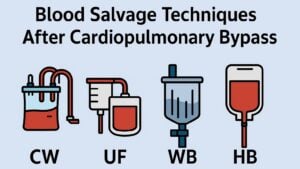Objectives: Colloids are added to the priming solution of the cardiopulmonary bypass (CPB) pump to maintain colloid osmotic pressure and prevent fluid overload. This study aimed to compare the effects of 6% hydroxyethyl starch (HES) 130/0.4 and ringer’s lactate (RL) priming solution on patients’ outcomes undergoing isolated heart valve surgery with CPB.
Methods: This randomized clinical trial included one hundred and 20 patients undergoing heart valve surgery, and those were allocated into two groups. Patients in the RL group received 1500 mL of RL, and those in the RL + HES group were given 500 mL of HES and 1000 mL of RL.
Results: The patients’ median age was 52 (IQR 42-60) and 50 (IQR 40-61) years in the RL + HES and the RL group, respectively (p = .71). The number of cases that required blood product transfusion in both the operating room and intensive care unit was also significantly higher in the RL + HES group compared to the RL group (RR 2.04, 95% CI 1.50-2.76; p < .01 and RR 1.42, 95% CI 1.01-2.01; p = .05, respectively). Declines in postoperative creatinine levels and platelet counts were higher in the RL + HES compared to the RL group (between-subjects effect p = .007 and p = .038, respectively), while the incidence of acute kidney injury was comparable between groups (RR 0.66, 95% CI 0.13-3.30; p = .55).
Conclusions: Among patients undergoing heart valve surgery with CPB, 6% HES added to RL for priming compared with only RL increased the risk of the need for blood product transfusion over the hospitalization period.
Keywords: cardiopulmonary bypass; heart valve surgery; hydroxyethyl starch; priming solution; ringer’s lactate.







